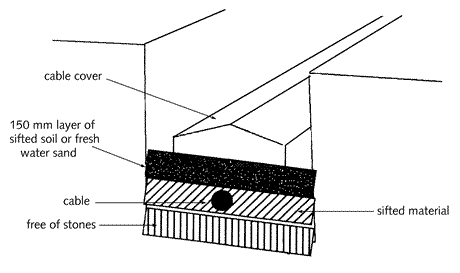I recently removed an old shed from the garden with the intention of replacing it. In the shed I found about 120' of armoured cable (13 amp wire in the core)... and lo and behold it is enough to reach the house.
Obviously the previous owners intended to lay it but never did. OK, so given that I have the material (a friend is also offering to supply all the connection bits to connect it to the house mains, though I will get an electrician to do that bit methinks), is it best to lay the cable inside a pipe and run it along the fence (the shed is by the fence), or given that the cable is armoured and seems to have multiple layers of various plastics, is that really necessary?
MOD
moved as posted in wrong forum
Obviously the previous owners intended to lay it but never did. OK, so given that I have the material (a friend is also offering to supply all the connection bits to connect it to the house mains, though I will get an electrician to do that bit methinks), is it best to lay the cable inside a pipe and run it along the fence (the shed is by the fence), or given that the cable is armoured and seems to have multiple layers of various plastics, is that really necessary?
MOD
moved as posted in wrong forum



